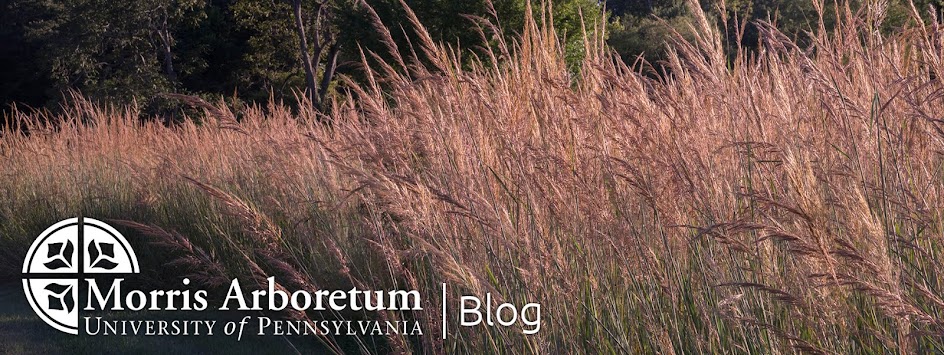The USDA has released a new Plant Hardiness Zone Map and the results indicate marked changes and warming trends for the Philadelphia area. The USDA Plant Hardiness Zone Map is the standard by which gardeners and growers determine which plants are most likely to thrive at a given location. The map is based on the average annual minimum winter temperature, divided into 10-degree Fahrenheit zones. The map is an important tool for the country’s estimated 80 million gardeners, as well as those who grow and breed plants for them.
The last update to the Hardiness Zone Map occurred in 1990 using data from a 13-year period (1974-1986). The most recent update utilized a broader data set (1975-2005). The resulting information saw approximately a one half zone change across most of the Philadelphia region. Anthony Aiello, the Gayle E. Maloney Director of Horticulture and Curator at the Morris Arboretum served on the Technical Advisory team for the USDA team responsible for revising the map. The team was comprised of nursery professionals and experts in the scientific and public garden communities who evaluated the zones in their specific geographic areas.
The implications of the study for Delaware Valley gardeners are significant. On the positive side, the increase in zone allows for an expanded palette of plants that gardeners can reliably grow in this area. Some of these include traditional southern favorites such as crapemyrtle, southern magnolia and Japanese camellia. Today, plants such as these should grow reliably in Philadelphia. However, Paul Meyer, the F. Otto Haas Director of Morris Arboretum cautions, “Like financial investments, recent past performance may not necessarily predict future performance.”
Unfortunately, there is also a down side to the new information as well. The data solidifies the reality of climate change, suggesting even greater unpredictability with regard to future weather patterns and environmental conditions. Additionally, warmer temperatures in the colder months also lead to further pest and disease problems, as both are better able to survive in mild winters. Lastly, just as plants such as lilacs do not thrive in the south, plants at the southern limits of the Philadelphia zone may eventually be negatively impacted to the point where they will no longer be able to be grown in this area.
These are all very practical examples of how shifts in temperature, especially warmer winter temperatures, have a dramatic impact on how we garden, what we plant, and what will thrive in our gardens.
This winter has shown above average temperatures as well causing some confusion in local gardens. “A lot of our plants are coming out exceptionally early this year,” explains Paul Meyer, Executive Director of the Morris Arboretum. “I live on the grounds of the arboretum, and I’ve had a few early varieties of daffodils blooming for the past two weeks.”
Meyer says the warmth has not pushed native trees to break dormancy, but some non-native shrubs are blooming early, like Chinese witchhazel.
Much as many people embrace the warmer weather, there is no certainty that it will last. Meyer cautions that like the stock market and its unpredictable volatility, so it is with the weather. We may see some traditional winter conditions with colder temperatures and snowfall yet.


